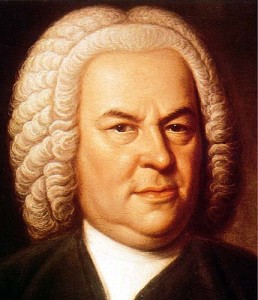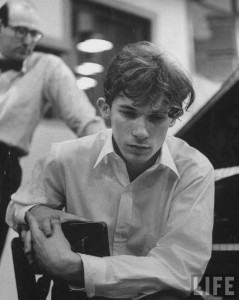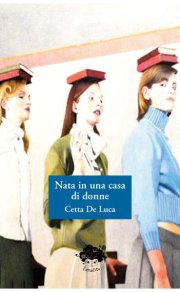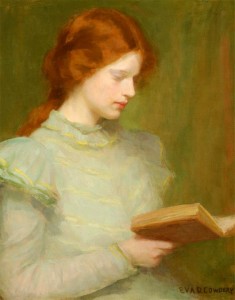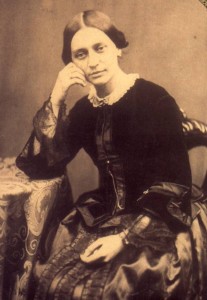Le “Variazioni Goldberg” (BWV 988) sono un’opera per clavicembalo consistente in un’aria con trenta variazioni, composte da Johann Sebastian Bach fra il 1741 e il 1745 e pubblicate a Norimberga dall’editore Balthasar Schmid. Sono dedicate a Johann Gottlieb Goldberg, a quel tempo in servizio come maestro di cappella presso il conte von Brühl a Dresda.
L’opera è stata concepita come un’architettura modulare di 32 brani, disposti seguendo schemi matematici e simmetrie uniche.
Johann Sebastian Bach presa da QUI
Glenn Herbert Gould (Toronto, 25 settembre 1932 – Toronto, 4 ottobre 1982) il pianista che rese ogni opera da lui eseguita presente e immediata per il pubblico, mostrando rispetto per ognuno: acculturato e non.
Immagine presa QUI
In questa registrazione Bach e Gould sono assieme. Il pianista nonostante le mani doloranti per l’artrite, suona le variazioni di dodici scale per dodici toni impiegabili con differenti strumenti e sonorità, offrendo la possibilità di ascoltarle come se ci fosse un presente di speranza, di bellezza, di compassione, di sorriso e di compiacimento per la nostalgia di ciò che fu e che appare in forma nuova senza nulla lasciare del passato.
La povertà e la nudità di questo ascolto genera la possibilità del futuro che ci copre con il manto caldo e pulito, rispetto a qualche fastidioso granello volgare e compiaciuto del presente. Una vera e propria gemma.
Per ascoltare le Variazioni Goldberg premere QUI
